Rega is known for producing high-quality audio equipment. Therefore, I am thrilled to review one of its most expensive units yet—the Naia turntable. What is so special about this deck? What features does it offer? What about sound? These are just some of the questions I seek to answer through this review. Let’s dive into the turntable’s specifications.
Rega Naia Turntable Overview
The Rega Naia turntable is just not any ordinary deck. It’s a high-end unit with advanced features like a carbon fiber skeletal plinth, low-mass skeletal aluminum feet, a ceramic platter, and a bias adjustment slider. It also comes with a specially designed titanium tonearm to provide accurate playback. With Naia, you only have two-speed options—331/3 and 45 rpms. An Aphelion 2 moving cartridge is available, but you must pay extra to acquire it.
Being a premium product designed for just a few individuals, Naia is very expensive at $12,955. This means that user reviews may be limited. However, I was able to locate several testimonials on Hi-Fi Corners. Based on the comments, users appreciate its good sound and solid construction. The only complaint I could find mentioned the expensive nature of the unit.
Technical Specifications
Here are the turntable features:
- Graphen impregnated Carbon Fibre skeletal plinth with Tancast 8 foam core
- Low-mass skeletal aluminum feet
- Tungsten balance weight shaft and weight
- Ceramic platter
- RB titanium tonearm
- 2-speed (33 1/3 and 45 rpms)
- Aphelion 2 moving coil (optional)
- Bias Adjustment Slider
- Aluminum hub and ZTA hub bearing assembly
Rega has truly excelled in creating a high-quality turntable. It’s almost hard not to acknowledge the unique features the brand has used to create the plinth, feet, platter, and tonearm. Combined, the components work together to produce exceptional sound. But I don’t like the idea of selling the Aphelion 2 moving coil cartridge separately. It makes the entire unit a lot more expensive. Users who decide to forego this cartridge to save costs may fail to get the optimal sound this unit promises. I would also expect more features like USB and Bluetooth connectivity at this price point, so I am quite disappointed. I also view it as a missed opportunity to improve the unit’s versatility.
Rega Naia Turntable Drive Mechanism
The turntable operates through the EBLT (Enhanced Bias Load Technology) triple belt drive system. This one-of-a-kind advanced drive mechanism aims to provide superior speed consistency. Under this system, three separate belts attached to the motor through a motor pulley spin the platter, helping decrease rotational inconsistencies and ensure the force across the platter is evenly distributed.
As you would guess, the EBLT offers more advantages than the usual belt drive system we are used to. It minimizes slippage, produces cleaner sound, ensures accurate playback of records at different speeds, and lasts longer. However, it’s important to note that the belts can be more complex to install, especially when you have to replace them after wearing out. They can be costly, too.
Is the Rega Naia Turntable Automatic or Manual?
This deck is manual, meaning it requires user intervention for cueing the tonearm, as well as starting and stopping the turntable. To start playback, you have to lift the tonearm by hand and place it on the record.
When the stylus finishes tracking the groove, it’s up to you to lift and return it to the resting position. In this case, always ensure you remove the arm immediately after playback or risk damaging the record. Other turntables usually incorporate an auto-stop feature to mitigate this. The best thing about manual turntables like Naia is that they give you hands-on experience with the playback process. This helps users appreciate vinyl.
Usability and Portability of Rega Naia Turntable
I would say that Naia is easy to use, especially for experienced audiophiles. However, beginners may experience significant challenges adjusting the tracking force and balancing the tonearm. Otherwise, the rest of the setup process is straightforward. Rega is reputed for offering effective customer support, so you can contact their representatives if you encounter issues during installation or operation.
I don’t think the Naia turntable is portable. While you can transport it from one location to another, it’s advisable to keep it in one dedicated place for optimal performance. Moving the unit regularly can also be stressful as you have to rebalance and recalibrate it every time to maintain the audio quality. In any case, ensure you pack the turntable nicely to protect the platter, tonearm, and stylus if you decide to carry it around.
Rega Naia Turntable Design & Build
To say that I am impressed with the Naia turntable is an understatement. It just looks amazing, with its sleek modern design and minimalist aesthetic. What really makes this unit really stand out is the quality of the materials used to construct it. Apparently, Rega is the first to use graphene impregnated carbon and a Tancast polyurethane foam core to make the plinth. This helps the turntable attain the ultimate balance between extreme rigidity and low mass.
The unit boasts a custom aluminum sub-platter with a spindle and bearing produced from ZTA (zirconium-toughened alumina), reducing the risk of wear. It also has low-mass skeletal aluminum feet to minimize unwanted resonance and vibrations.
Connectivity & Sound Performance of Rega Naia Turntable: Excellent, but…
The unit features an XLR interconnect that enables you to connect it to a compatible amplifier for high-quality, low-noise audio production. The XLR cable also offers a tight connection to your turntable, reducing the risk of accidental disconnections. Unfortunately, Bluetooth connectivity isn’t supported. It would be nice to have the option of listening to some of the records on digital devices sometimes.
Rega has really done a good job as far as the unit’s sound performance is concerned. As the record starts spinning, the turntable takes a step quietly into the background, allowing the music to take the spotlight. The sounds are clean and crisp, providing the highest levels of information that you are sure to love. If you are into orchestral works, you will notice an extensive soundstage that showcases a remarkable degree of focus and depth. It doesn’t matter how complex the music gets; the turntable remains composed and controlled by retaining the flow.
Main Technology Perks of Rega Naia Turntable
The turntable displays several cutting-edge technologies and design elements, potentially making it an attractive option.
One is the EBLT triple belt drive system that smoothly transfers power from the motor to the platter, leading to consistent speed. Next is the RB Titanium tonearm. The whole structure is designed with few mechanical joints while ensuring all critical areas are made of the stiffest materials. This enables the tonearm to attain near frictionless movement horizontally and vertically.
Last but not least, the plinth is uniquely designed to provide rigidity and vibration damping, ultimately contributing to a cleaner sound during playback.
Pricing
At $12,995 and without a cartridge, Naia is one of the most expensive turntables around. Although this can be justified by the high quality of materials used in construction, it puts the turntable out of reach of most vinyl lovers who appreciate good sound.
How to Setup & Use Rega Naia Turntable?
Naia is possibly one of the easiest high-end turntables to set up. Check the installation process below to get started:
- Plug the included mains power cord into the turntable’s ‘Power In’ socket.
- Connect the XLR cable from the back of the unit to the ‘Output’ socket on the rear of the Naia PSU.
- Connect to an amplifier, push the power button on, and press the 33 1/3 rpm button to activate it or the 45 rpm button if you want to play 45 rpm records.
- Check the cartridge fixings to ensure they are oriented according to the manufacturer’s specifications. An alignment protractor can help you accurately set the cartridge’s position.
- Remove the stylus guard and ensure the tracking force dial and bias adjustment are set to zero.
- Adjust the balance weight to balance the tonearm. The arm should “float” with the needle approximately 1mm clear of the record.
- After balancing the arm, rotate the tracking force adjustment dial to the required tracking force. A figure between 1.0 and 1.5 is ideal for moving magnet cartridges, while moving coil cartridges can work well with a tracking force of 1.5 to 2.0.
- Push the bias adjustment slider into the required setting; there’s a dotted line, which you can use for reference.
- Place the record on the platter, gently move the tonearm towards the record, and let it descend onto the surface to start playback.
- Sit back and enjoy your vinyl!
If you want to get the most from this deck, place it on a rigid, low resonance surface that’s slightly far from your speakers. Also, don’t expose the turntable to moisture or rain, as it could damage some of the delicate components and cause the turntable to malfunction. Finally, clean the stylus, often using a soft brush to preserve sound quality and prevent damage.
Overall Impression About Rega Naia Turntable?
Naia is a quality turntable that can give you value for money. Not only does it provide advanced features, but also produces exceptional sound that will wow your ears.
Pros
The advantages of the turntable include:
- Produces great sound
- High-quality and solid construction
- Looks amazing
Cons
The disadvantages include the following:
- No Bluetooth connectivity
- Very expensive
Who Is It For?
Naia is an ideal option for audiophiles who can spend anything just to get a good-sounding deck.
Final Verdict
Naia is a great turntable to have if you can afford it. At least, it provides exceptional sound, which most vinyl enthusiasts long for. The unit’s construction and overall aesthetic are also very admirable. You are sure to feel nice having such a prestigious piece around. However, be ready to spend extra to get the Aphelion 2 moving coil cartridge.

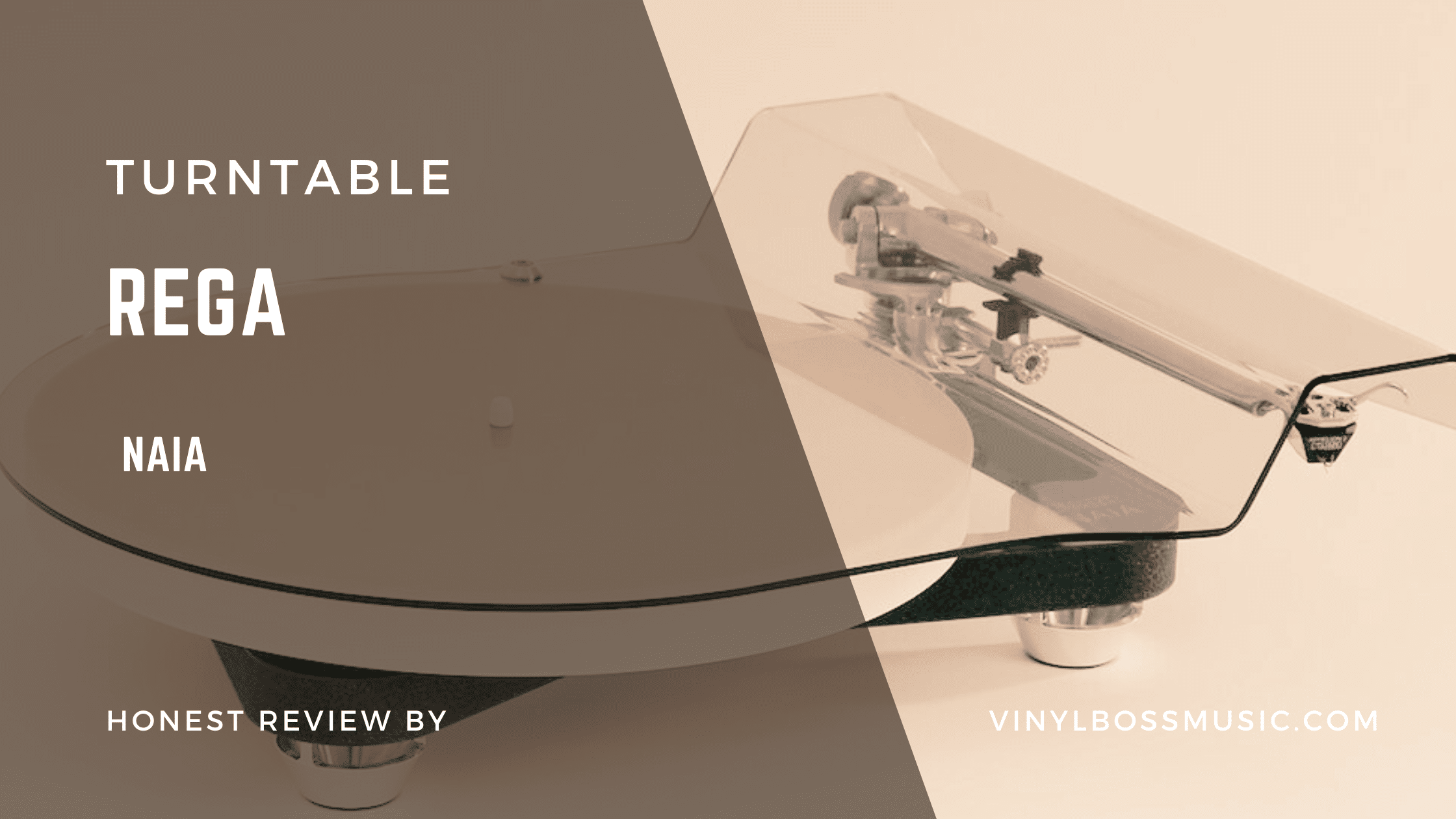
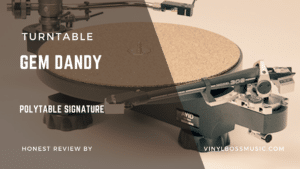
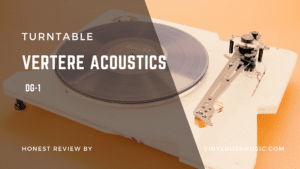
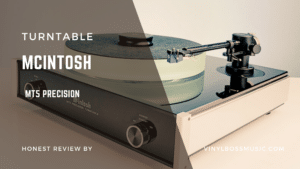
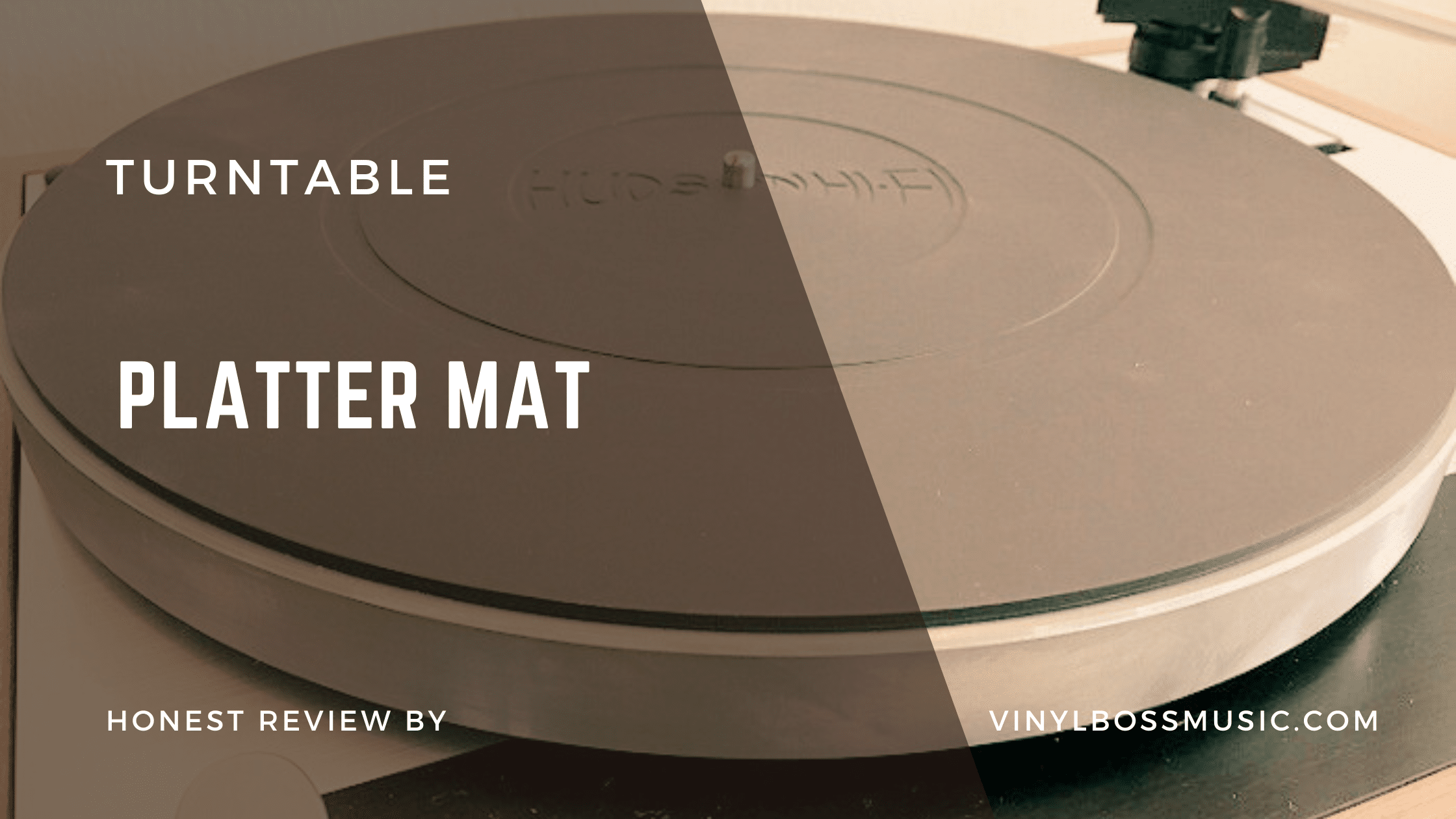
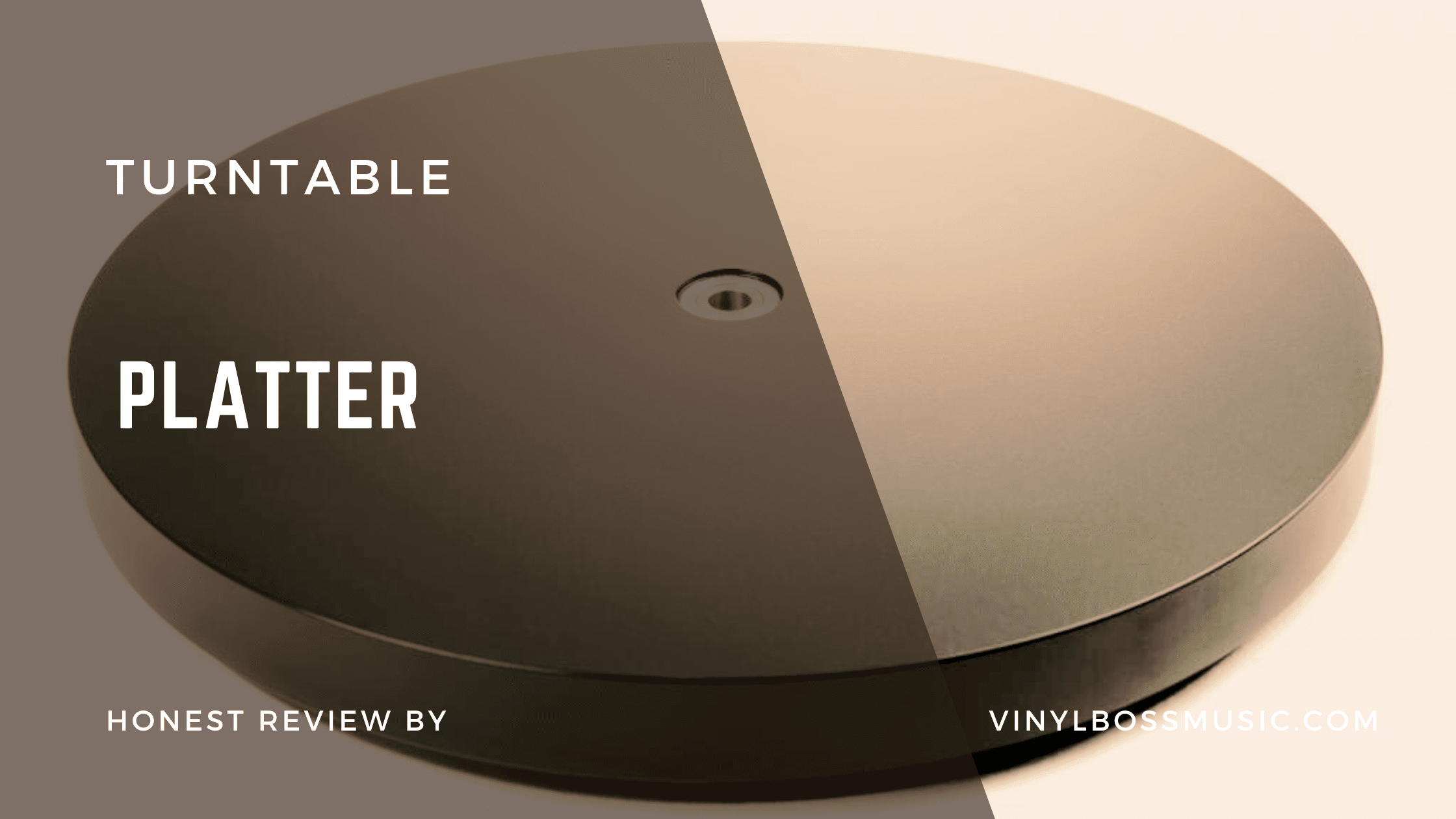
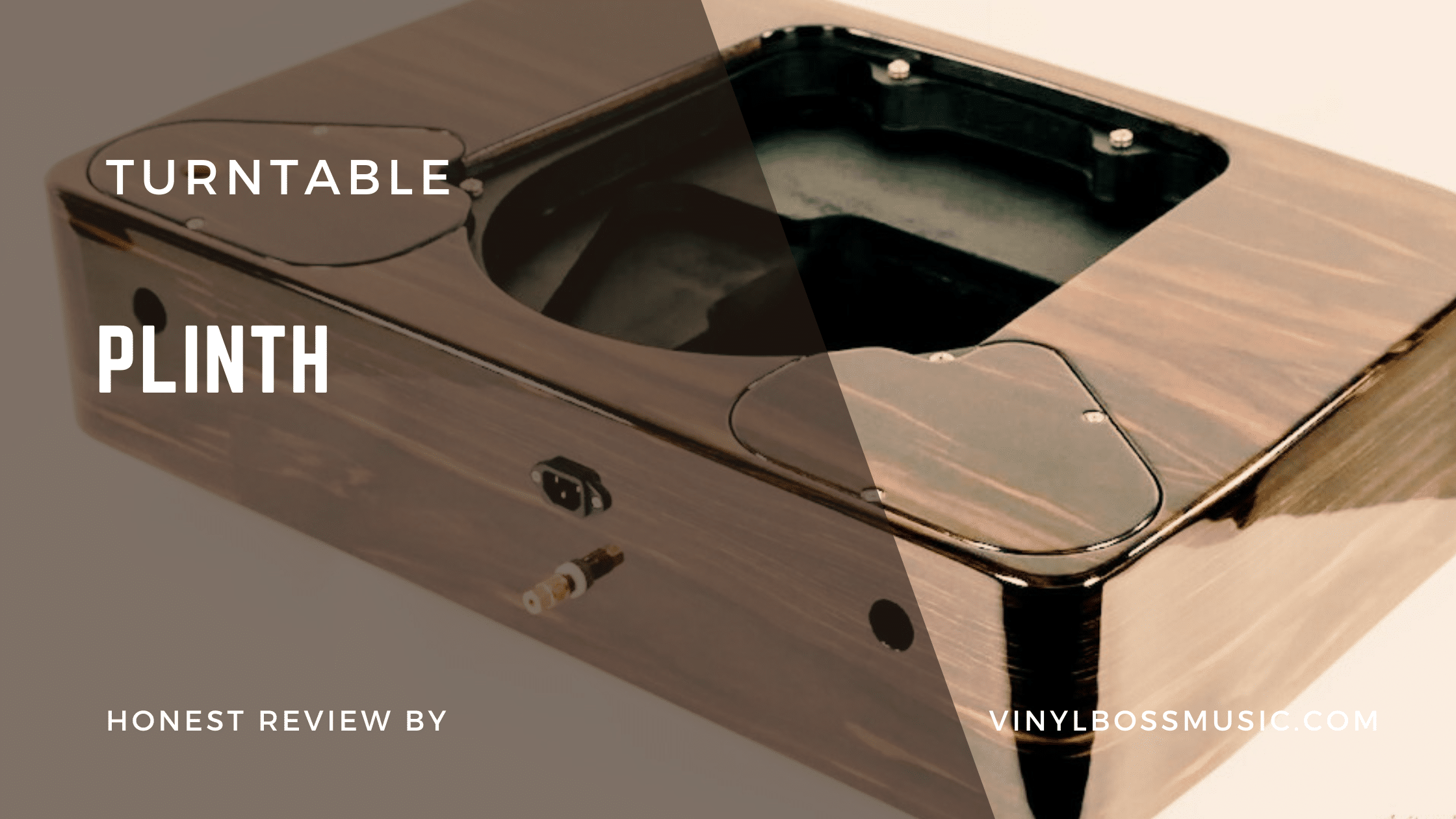
Leave a Reply